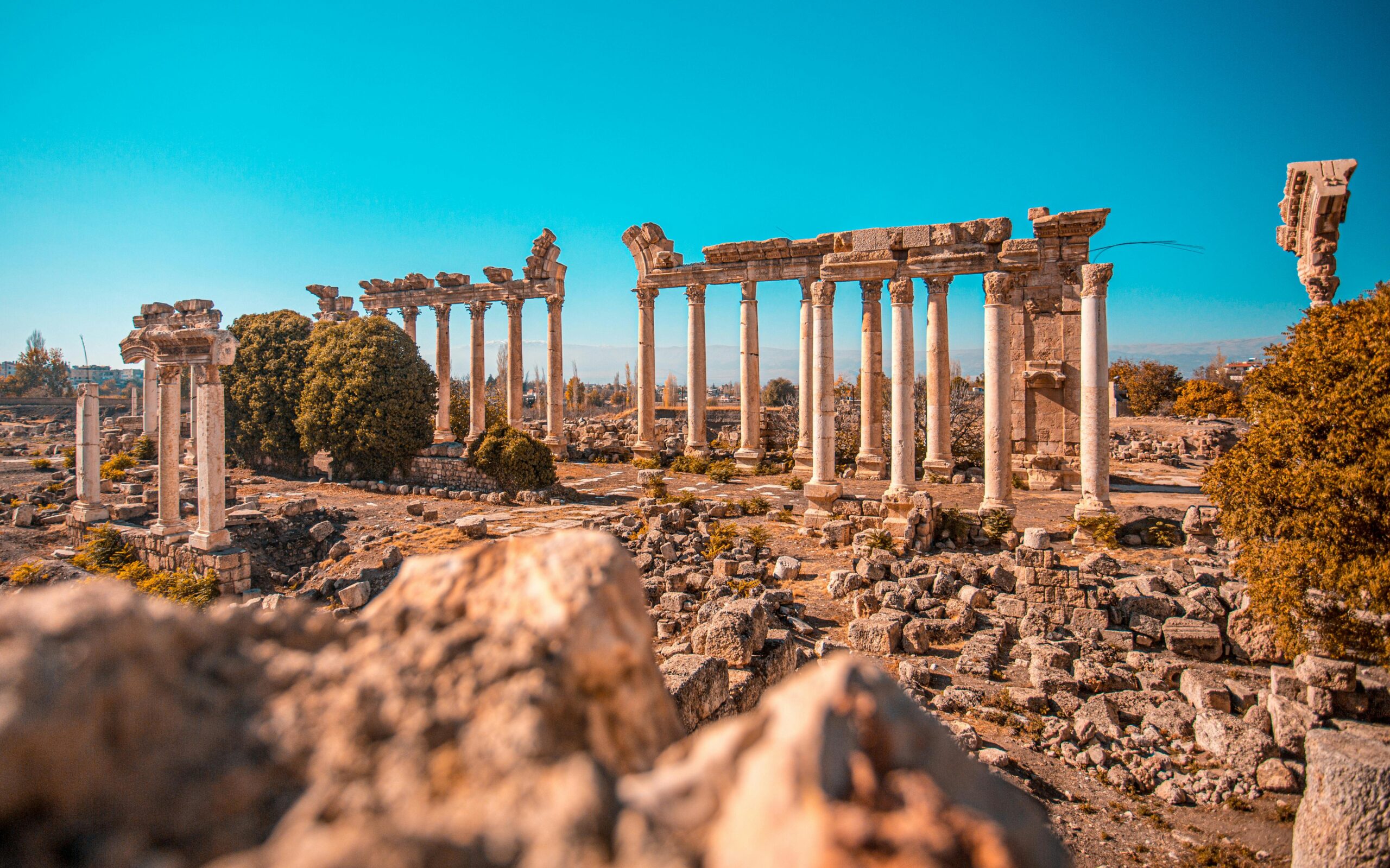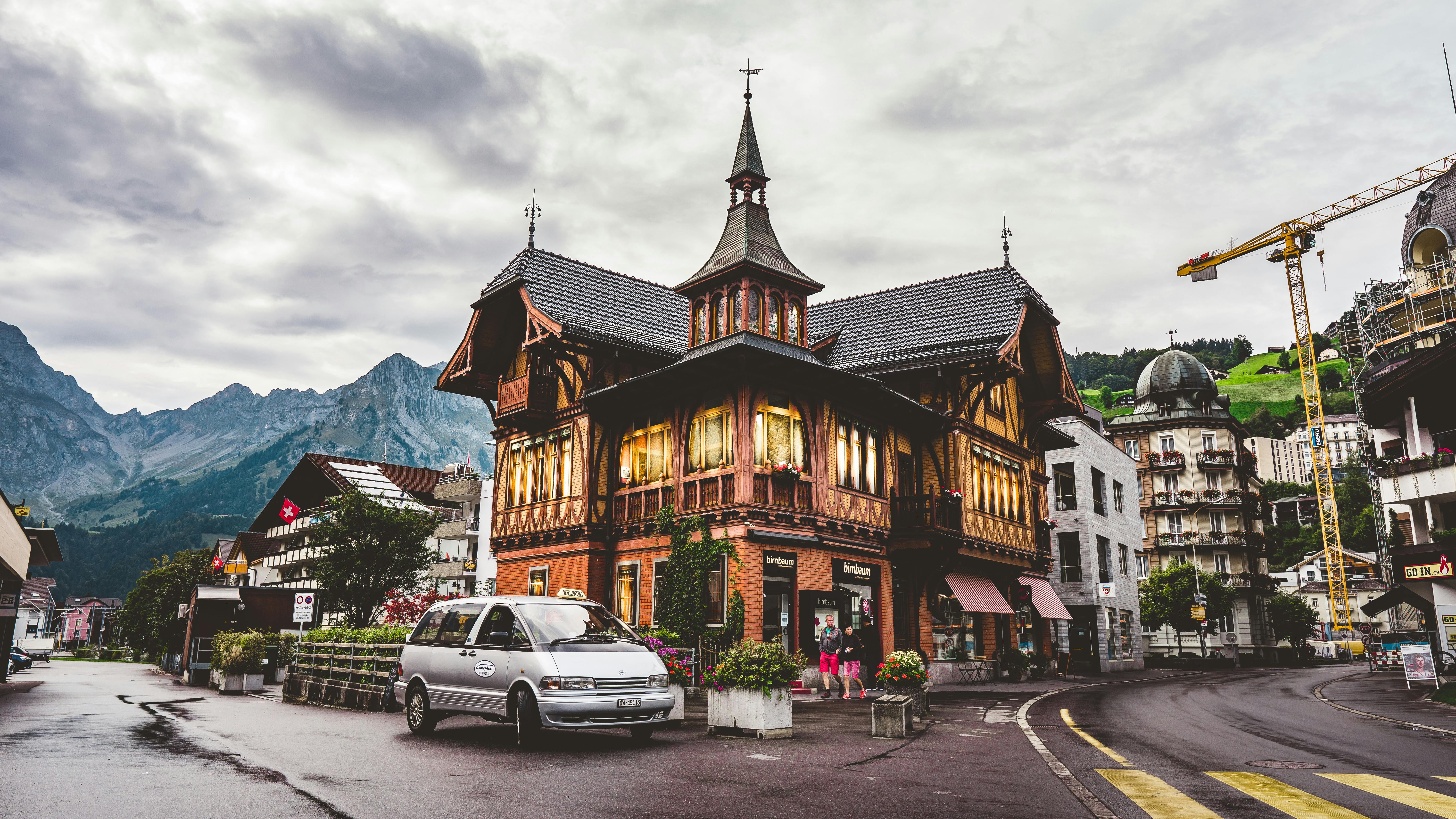Explore Best Destination
Discover our travel blog for inspiring stories, tips, and guides. From hidden gems to cultural experiences, we cover it all to fuel your wanderlust and help you plan unforgettable adventures!

A Guide to Lebanon’s Historic Sites: From Ancient Ruins to Modern Wonders
Lebanon is a country steeped in history, where ancient ruins and modern architecture coexist in a fascinating blend of cultures and eras. From the remnants of Roman temples to the vibrant streets of Beirut, Lebanon offers a wealth of historic sites that tell the story of its rich past. In this guide, we’ll explore some of the must-visit historic sites, showcasing Lebanon’s unique heritage.
1. Baalbek: The Marvel of Roman Architecture
Overview
Baalbek, a UNESCO World Heritage Site, is one of the most impressive ancient sites in Lebanon. Known for its grand temples dedicated to Jupiter, Bacchus, and Venus, Baalbek is a testament to the engineering prowess of the Romans.
Highlights
- Temple of Jupiter: Once the largest temple in the Roman Empire, its massive stone blocks are a marvel of construction.
- Temple of Bacchus: This well-preserved temple is famous for its intricate carvings and stunning columns.
- The Roman Theater: An ancient amphitheater that once hosted gladiatorial games and performances.
Visiting Tips
- Getting There: Baalbek is approximately two hours from Beirut by car.
- Best Time to Visit: Spring and autumn are ideal for pleasant weather and fewer crowds.
2. Byblos: The Cradle of Civilization
Overview
Byblos is one of the oldest continuously inhabited cities in the world, with evidence of settlement dating back over 7,000 years. This coastal city is rich in history, with a charming old town that reflects its ancient past.
Highlights
- Byblos Castle: A medieval fortress built on the site of ancient Phoenician structures, offering panoramic views of the Mediterranean.
- Roman Ruins: Explore the remnants of Roman temples, theaters, and a stunning ancient port.
- Old Souk: Wander through the narrow streets filled with shops, cafes, and vibrant local culture.
Visiting Tips
- Getting There: Byblos is about 40 kilometers north of Beirut, easily accessible by car or bus.
- Best Time to Visit: Visit in the spring or fall for the best weather and to enjoy local festivals.
3. Tyre: Ancient Phoenician Heritage
Overview
Tyre, another UNESCO World Heritage Site, was once a major Phoenician city known for its maritime trade and shipbuilding. The city’s rich history is evident in its archaeological sites and stunning Mediterranean coastline.
Highlights
- Roman Hippodrome: A well-preserved ancient racecourse where chariot races took place.
- Al-Bass Archaeological Site: Explore the ruins of Roman baths, temples, and a necropolis.
- Tyre Beach: Relax on the sandy shores while soaking in the historical ambiance.
Visiting Tips
- Getting There: Tyre is located about 80 kilometers south of Beirut, reachable by car or bus.
- Best Time to Visit: The summer months offer warm weather for beachgoers, while spring and autumn are great for exploring archaeological sites.
4. Sidon: A Blend of Cultures
Overview
Sidon, a historic city on the coast, has been influenced by various civilizations, including the Phoenicians, Romans, and Ottomans. Its rich history is showcased through its ancient sites and vibrant markets.
Highlights
- Sidon Sea Castle: A stunning fortress built by the Crusaders, offering beautiful views of the Mediterranean.
- The Soap Museum: Discover Sidon’s traditional soap-making industry, which dates back to the 14th century.
- The Old Souk: Experience the bustling market atmosphere with shops selling handicrafts and local delicacies.
Visiting Tips
- Getting There: Sidon is about 40 kilometers south of Beirut, easily accessible by bus or car.
- Best Time to Visit: Spring and autumn provide pleasant weather for exploring.
5. Beirut: Modern Marvels and Historic Landmarks
Overview
Beirut, Lebanon’s capital, is a vibrant city that beautifully blends history and modernity. While it boasts contemporary architecture and a lively nightlife, it is also home to significant historic sites.
Highlights
- National Museum of Beirut: A must-visit for history enthusiasts, showcasing Lebanon’s archaeological treasures from prehistoric to medieval times.
- Martyrs’ Square: A historical site and symbol of Lebanon’s struggle for independence.
- The Roman Baths: Explore the ancient Roman baths located in the heart of the city, reflecting Beirut’s long history.
Visiting Tips
- Getting Around: Beirut has a well-connected public transportation system, including buses and taxis.
- Best Time to Visit: Spring and fall are ideal for enjoying outdoor attractions and festivals.
Conclusion
Lebanon is a treasure trove of historic sites, each with its own story to tell. From the awe-inspiring ruins of Baalbek to the charming streets of Byblos, these sites provide a glimpse into the country’s rich and diverse heritage. Whether you’re a history buff or simply looking to explore, Lebanon’s historic sites offer unforgettable experiences that will leave you with lasting memories.

Related Posts
Tag List
Adventure / Climbing / Hiking / Photography / Adventure / Tracking / Travel
Follow Us
- linked In
- google+
- YouTube








